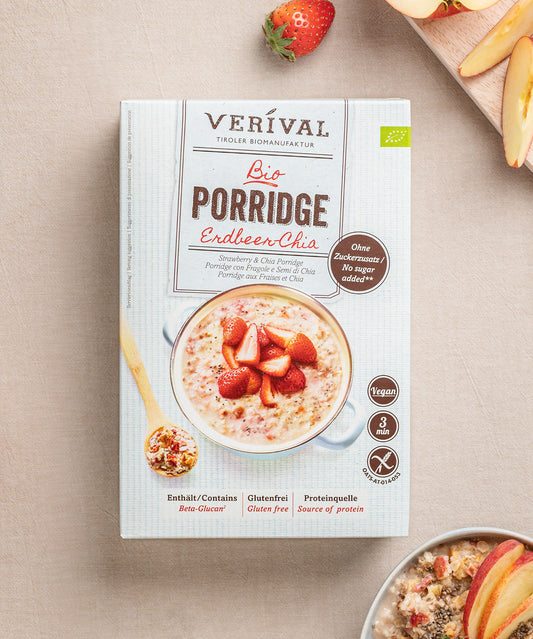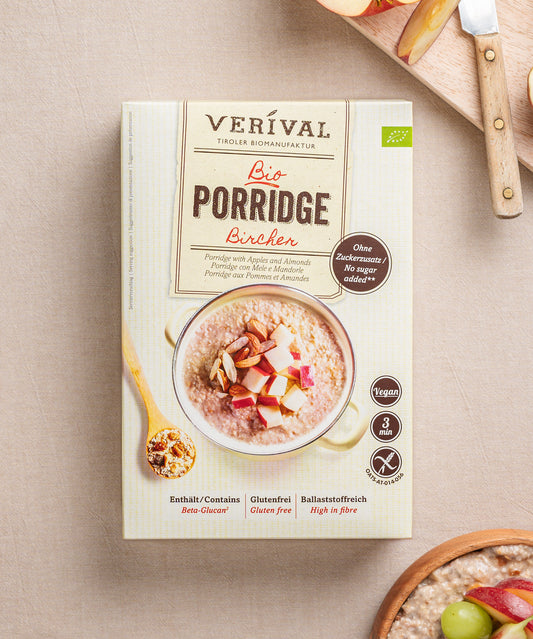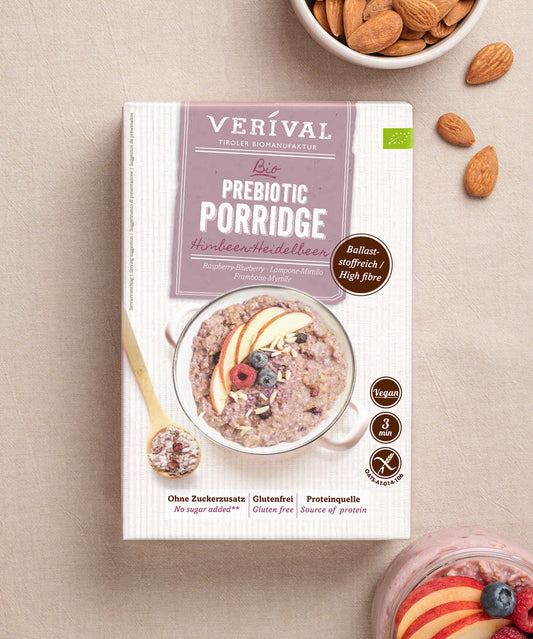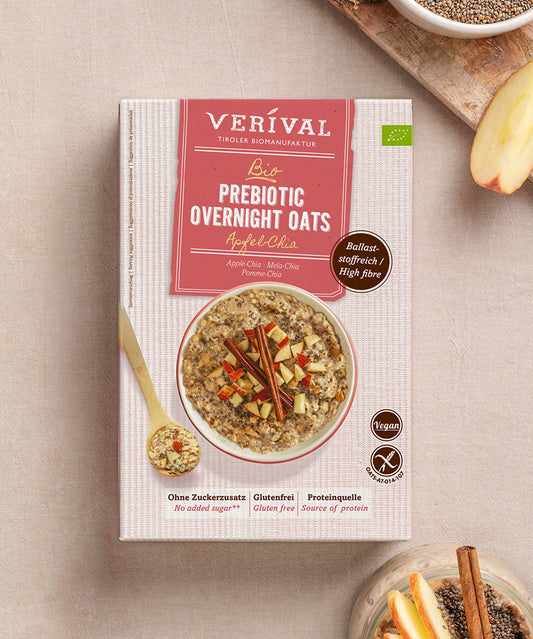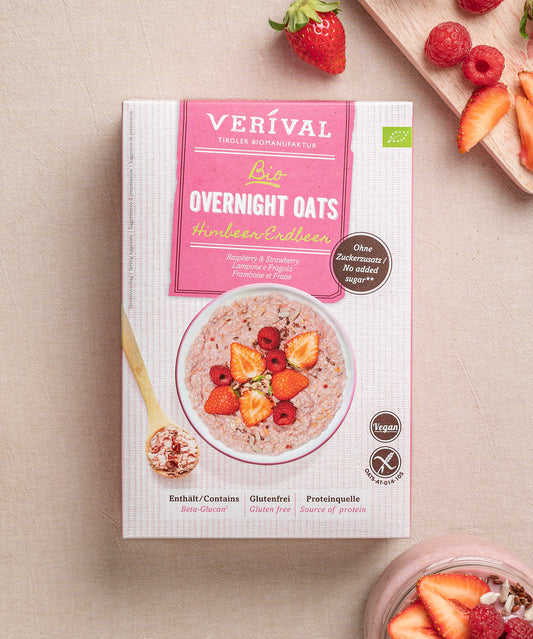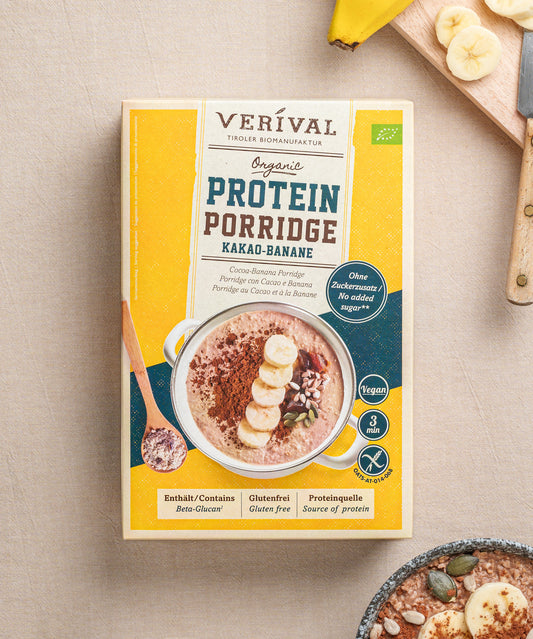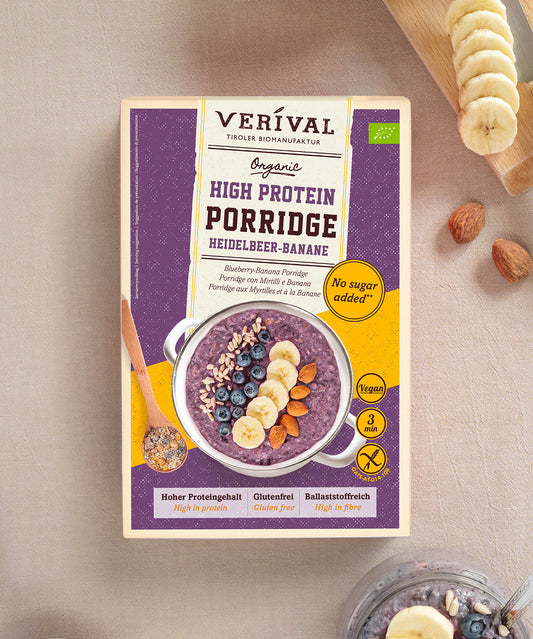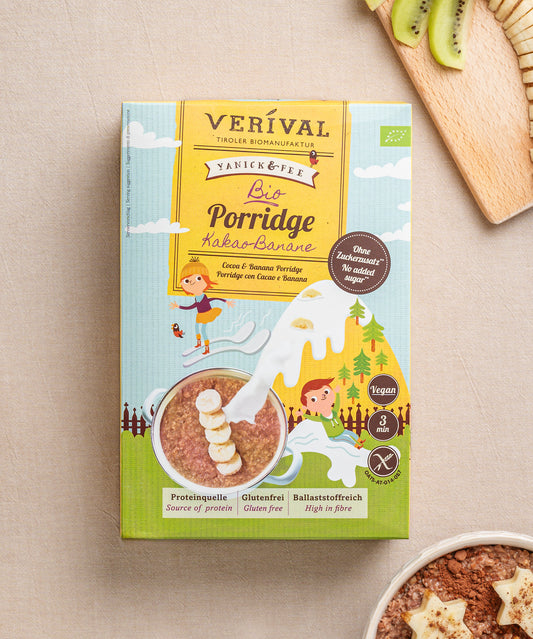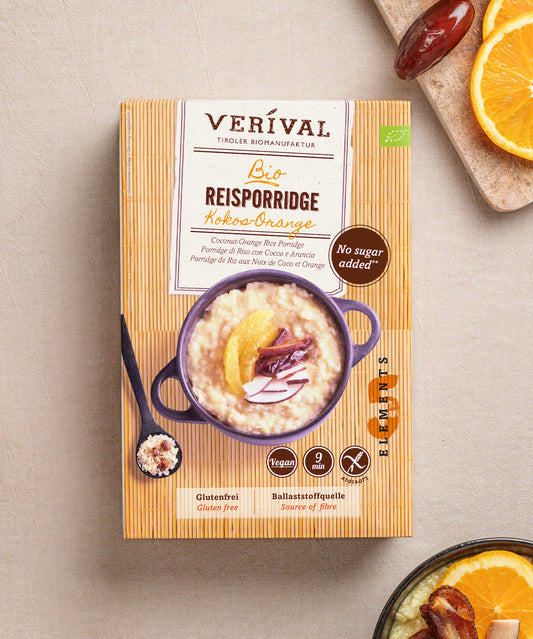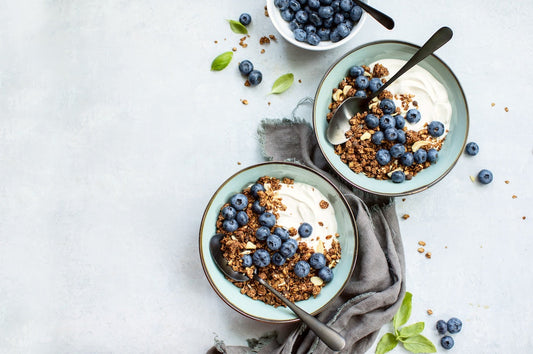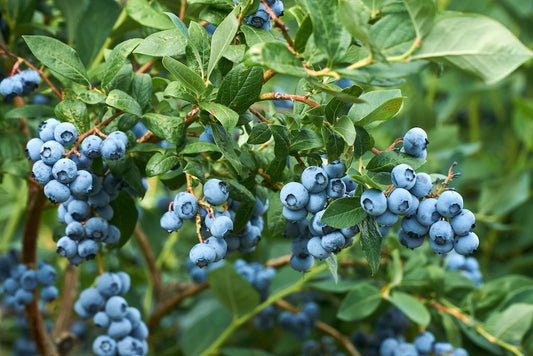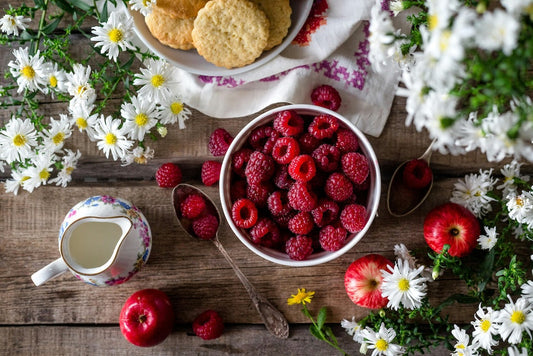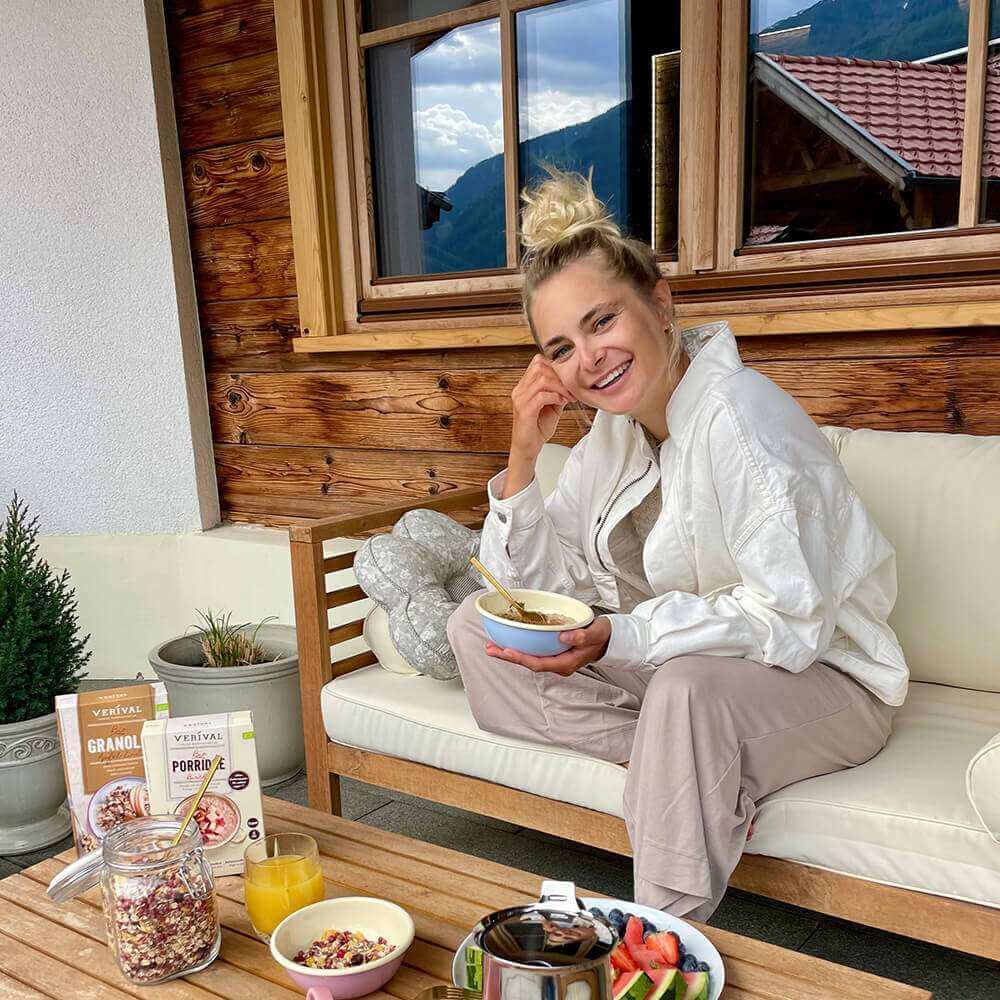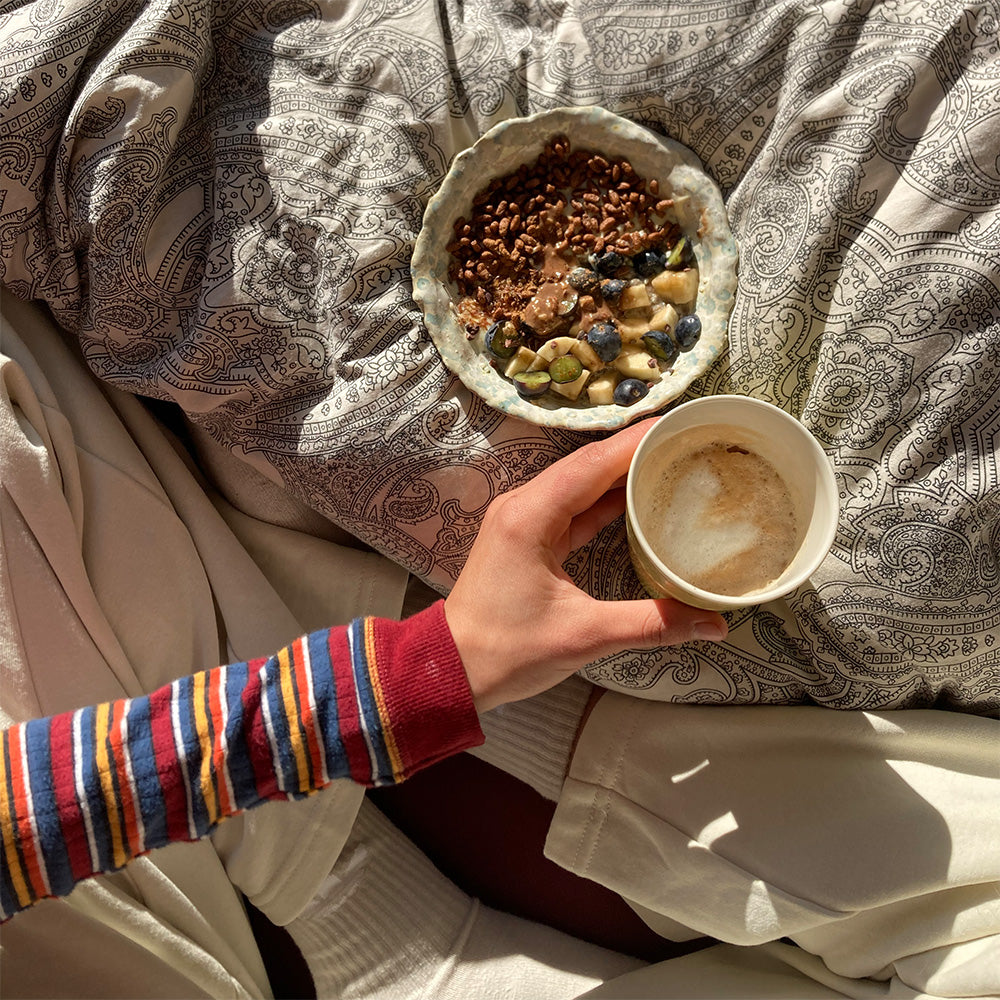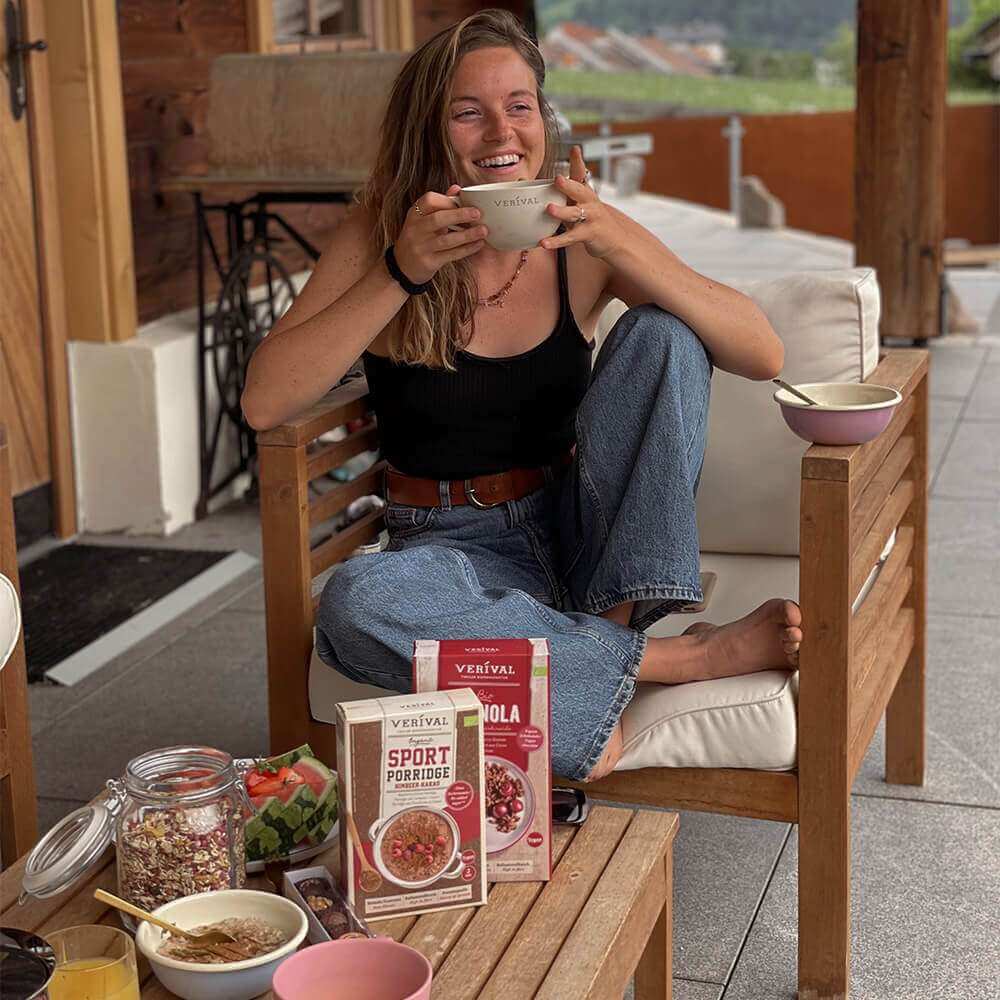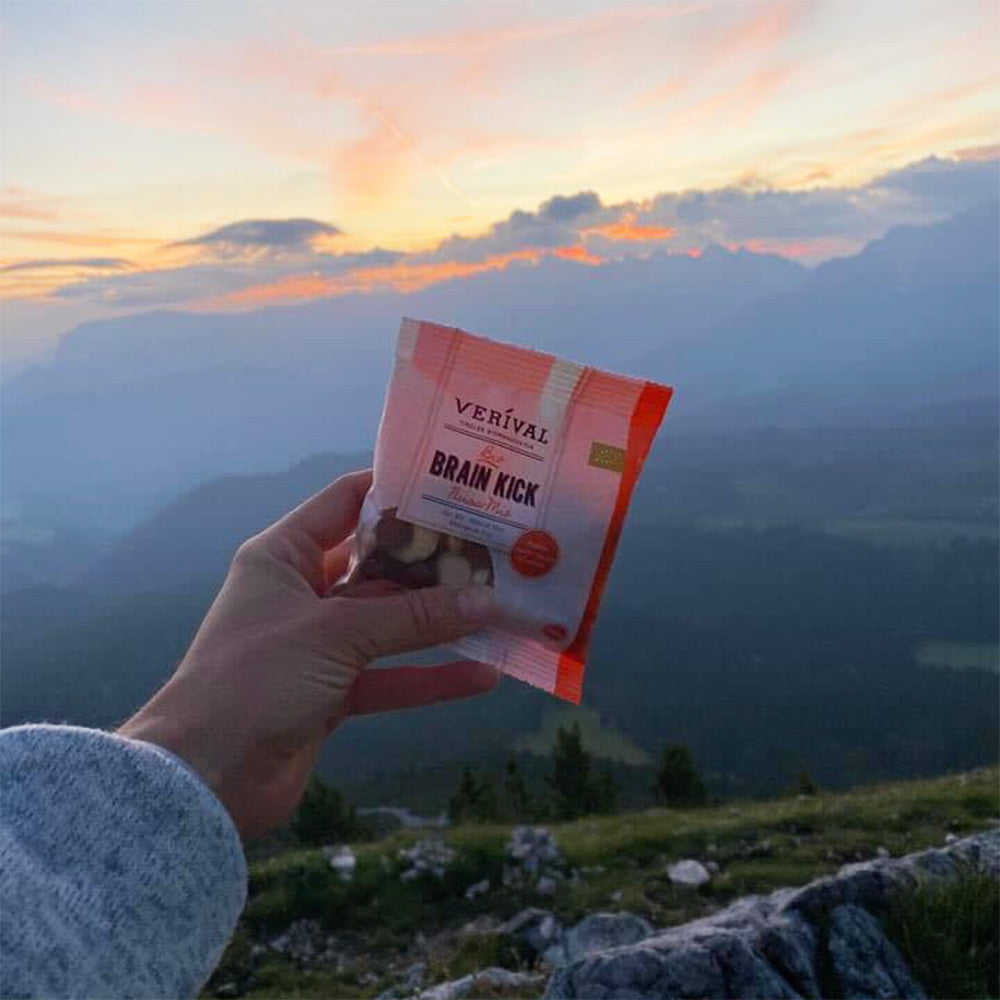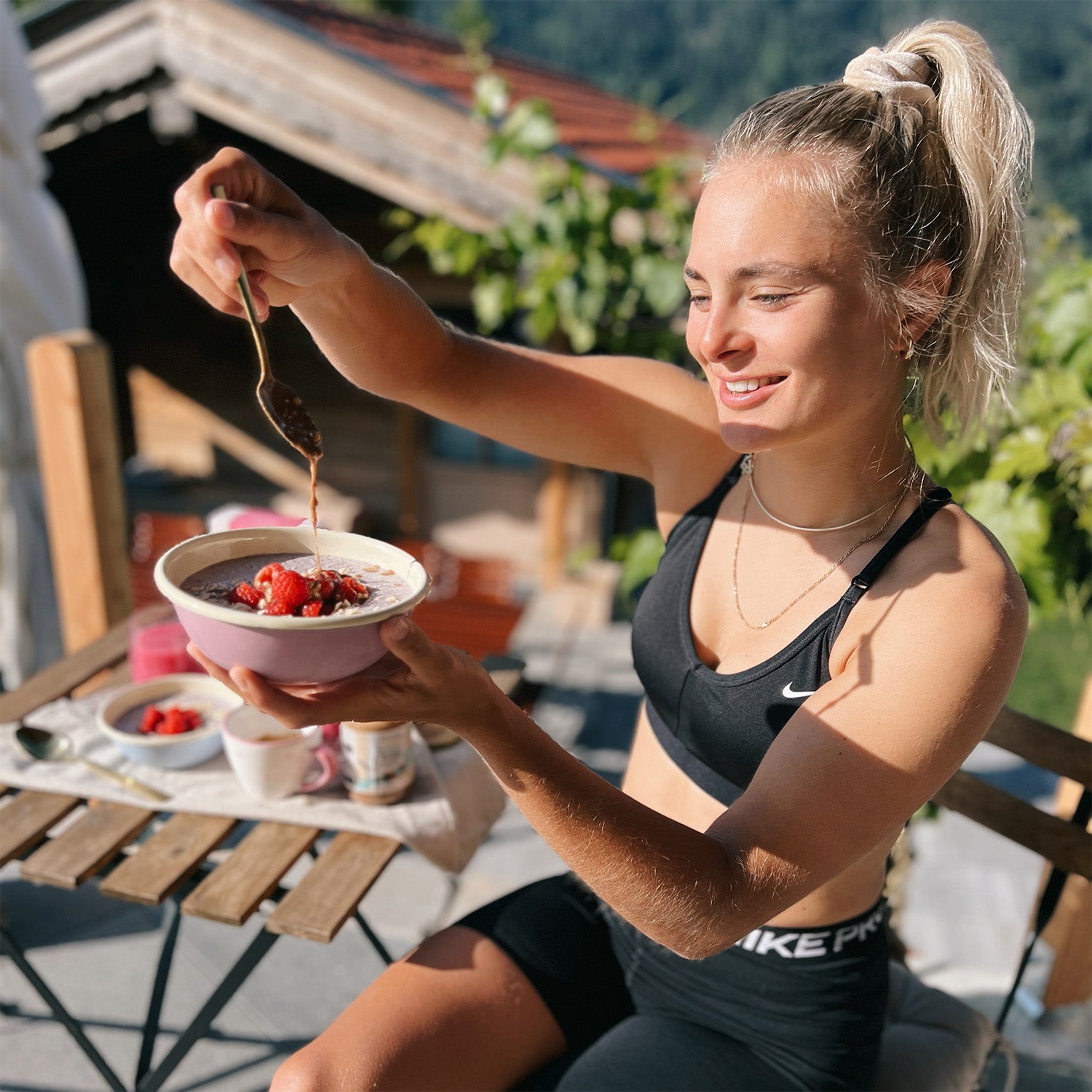Cocoa and its origin: it is not only an enticing delicacy, but also the source of one of the most popular luxury foods in the world: chocolate. But how many of us actually know where this delicious raw material comes from? Immerse yourself in the fascinating world of cocoa and discover its origins, how it is grown and the journey it takes to chocolate production.
Discover the healthy Verival breakfast options here
Cocoa and its origin: The origins of cocoa
Cacao, whose botanical name Theobroma cacao comes from Greek and means “food of the gods”, has its origins in the rainforests of Central and South America. It was originally cultivated and revered by the Mayan and Aztec peoples long before it found its way into European cuisine. The ancient civilizations valued cocoa not only as a drink, but also used it as currency and in religious sacrifices.
Cocoa cultivation: a complex and careful procedure
Cultivating cocoa is a process that requires care, expertise and dedication. Here are the essential steps.
Planting and caring for cocoa trees
Cocoa trees require specific conditions to thrive. They are planted in shaded areas, usually under larger trees or with artificial shade structures. Farmers must look after the trees, regularly tending, pruning and protecting them from disease to ensure a healthy harvest.
Harvesting
Harvest time varies depending on the cocoa variety and region. The cocoa pods are harvested by hand, with the farmers having to ensure that the fruits are ripe. The pods are opened carefully to extract the cocoa beans, which are then prepared for further processing.
Fermentation and drying
After the beans have been extracted, they are fermented to develop their flavors. This is done by fermenting them, which can take several days. The beans are then carefully dried to remove moisture and maintain quality.
Cocoa and its origin: challenges in cocoa farming
Despite its importance, cocoa farmers face numerous challenges. From climatic conditions to economic difficulties and a lack of resources, there are many factors that influence cultivation. Promoting sustainable farming practices and providing access to education and resources are crucial to improving farmers' livelihoods.
Growing cocoa is challenging
The journey of cocoa to chocolate: from tree to sweet temptation
After the harvest, the complex processing of the cocoa beans begins. First, the beans are sorted and the fruit husks are removed. This is followed by fermentation, a crucial step that develops the characteristic flavor of cocoa. The beans are spread out in boxes or on floors, where they ferment through natural microorganisms. This process can take several days and helps to break down unwanted bitter substances.
After fermentation, the beans dry to reduce their moisture content. This is done either by exposure to the sun or by machine drying. The dried beans are then roasted to further develop their flavors. This step is crucial for the taste of the final product.
Processing cocoa butter and cocoa powder
After roasting, the beans are ground to produce cocoa mass. This mass is further processed by pressing, resulting in cocoa butter and cocoa powder. The cocoa butter is used for chocolate production, while the cocoa powder is used in various forms, from baked goods to beverages.
Enjoyment without sugar? We also have breakfast without added sugar - this way!
Chocolate production
To make chocolate, the cocoa mass is mixed with sugar, milk powder and other ingredients. This mixture goes through several phases, including conching, which smoothes and refines the chocolate to achieve the desired texture and flavor quality. This is followed by tempering, a process that gives the chocolate its gloss and firmness.
Finally, the tempered chocolate is poured into molds until it has cooled and solidified to produce the various chocolate products such as bars, pralines or chocolate icing.
The pleasure
After all these elaborate steps, it is finally in front of us – the delicious chocolate. A product that has come a long way from the cocoa plantations to the shelves of supermarkets. A pleasure that is based on the careful work and know-how of generations who have perfected this art of chocolate making.
The journey of cocoa to chocolate is a fascinating odyssey full of craftsmanship and technological innovation. A pleasure that seduces the senses and tells us the story of one of the world's most popular foods.
The importance of cocoa farming for communities: jobs and economic development
In many cocoa-growing regions, cocoa farming is an important economic factor. It provides jobs for thousands of people, from farmers to workers in processing plants. The income from cocoa farming helps to ensure the economic stability of communities.
Cocoa origin: challenges and initiatives
Despite its economic importance, many farmers face challenges such as low incomes and inadequate working conditions. Fair trade initiatives and certifications aim to address these challenges by promoting fairer prices and better working conditions. Sustainable cultivation and support for small farmers are also important components in improving the quality of life in communities.
Cocoa growing is thus not only an agricultural activity, but also an engine for the economic development and well-being of many communities worldwide. It is our responsibility to support the sustainable cultivation of cocoa and improve the conditions of the farmers.
Discover the Verival Porridge variety here!
Cocoa and its origin: a conclusion
Cocoa is not only a delicious luxury food, but also a product with a fascinating history and a complex production journey. From the rainforests of Central America to chocolate factories around the world, cocoa goes through various stages before becoming our beloved chocolate. It is important to be aware of where our chocolate comes from and to appreciate the importance of sustainable and fair cocoa farming.
Frequently asked questions
Where does cocoa come from?
Cocoa originally comes from the rainforests of Central and South America, particularly from countries such as Mexico, Guatemala and Ecuador.
Is natural cocoa really so bitter?
Yes, natural cocoa is usually quite bitter. It has a harsh, strong flavor before it is processed and mixed with other ingredients such as sugar.
How are cocoa beans made into chocolate?
Cocoa beans are fermented, dried, roasted and then ground. The resulting cocoa mass is then processed with sugar and often milk to make chocolate.
Which countries are the largest cocoa producers?
The largest cocoa producers are countries such as the Ivory Coast, Ghana, Indonesia and Nigeria, which together provide a large proportion of the world's cocoa harvest.
How does cocoa cultivation affect the environment?
Cocoa farming can have a negative impact on the environment, often contributing to deforestation of rainforests and environmental pollution from pesticides.
What are the differences between raw cacao and commercial chocolate?
Raw cocoa is unroasted and less processed than commercial chocolate, which is why it contains more natural nutrients.
Why is fair trade cocoa important?
Fair trade cocoa aims to ensure fair wages and working conditions for cocoa farmers. It supports sustainable practices and helps improve living conditions in the growing regions.
How do you prepare cocoa properly?
Cocoa can be prepared in a number of different ways. You can mix cocoa powder with hot milk or water and add sugar or other flavorings to taste for a delicious cup of cocoa.


